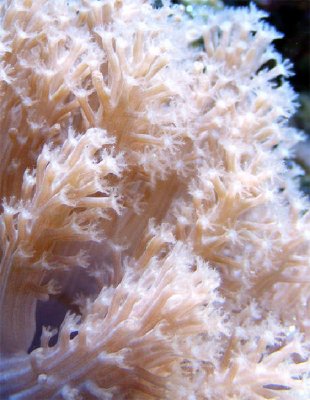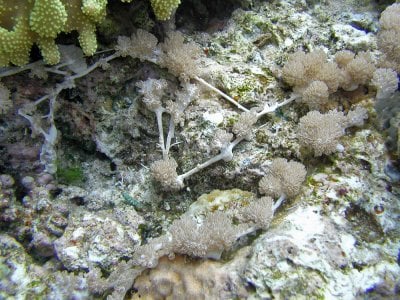- Joined
- Aug 18, 2019
- Messages
- 1,426
- Reaction score
- 1,728
I received the book I'd been wanting. The in-depth id book for soft corals and sea fans. And in my reading I discovered something. I'm pretty sure what we call efflantounaria, isn't. The physiology shown in the book is completely different. What we have is simply a type of Xenia. True efflantounaria does grow in stalks, but the polyps run the entire length of the stalk.
Just FYI.
Just FYI.





















